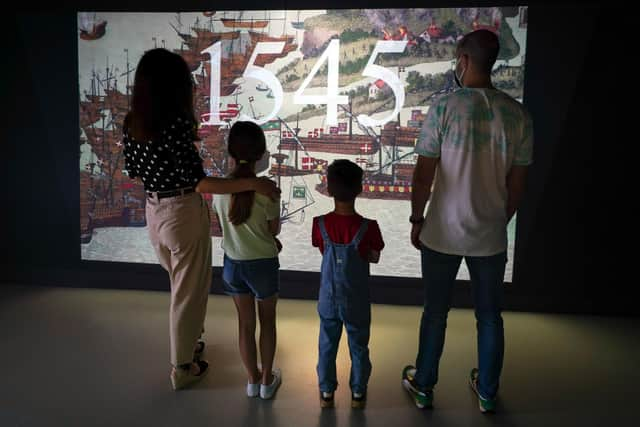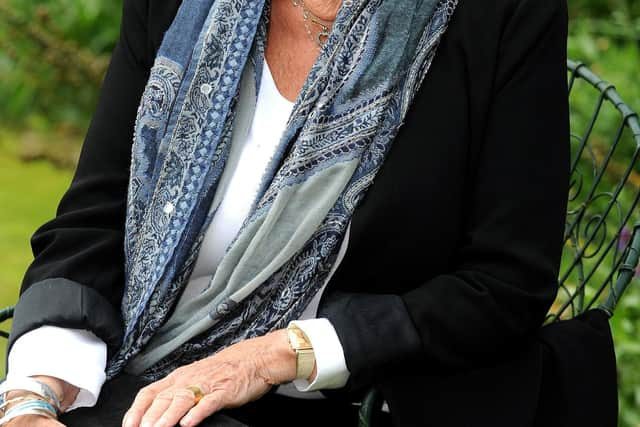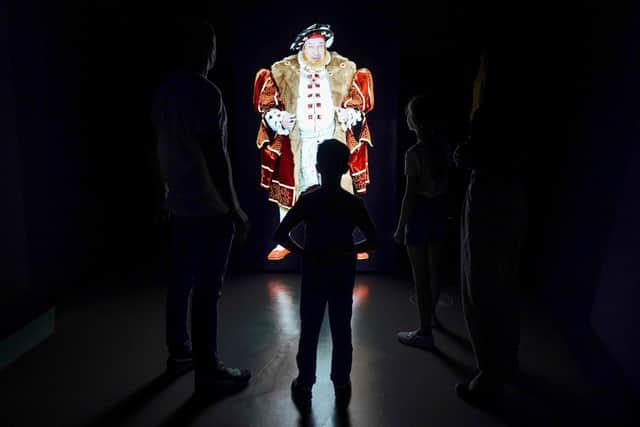Oscar-winning actress Dame Judi Dench to help bring Mary Rose’s history to life at new Portsmouth Historic Dockyard exhibition
and live on Freeview channel 276
Dame Judi Dench will introduce a new Mary Rose exhibition set to open later this month.
The exhibition, named 1545 after the year the Mary Rose sank, will be launched at the home of the Tudor warship at Portsmouth Historic Dockyard
Advertisement
Hide AdAdvertisement
Hide AdThe Oscar-winning actress said: ‘I remember being one of the millions who watched The Mary Rose being raised from the Solent in 1982, and it’s a memory that has stayed with me ever since.


‘Her incredible story both before she sank and now afterwards reveals so much about our history and 1545, as a new immersive experience is a great introduction to those fateful final moments overseen by King Henry VIII.’
The exhibition will recreate the final moments of Henry VIII’s flagship.
The Mary Rose lay undiscovered on the seabed of the Solent just outside Portsmouth for hundreds of years before she was located in 1971.


Advertisement
Hide AdAdvertisement
Hide AdAfter 10 years of excavation by divers, including the Prince of Wales, the hull was raised in front of a global television audience of 60 million in October 1982.
Dominic Jones, CEO of the Mary Rose Museum, said: ‘We’re delighted to be able to bring to life the final moments of the Mary Rose with 1545 – as a spectacular interactive experience.
‘It’s an exciting addition for Portsmouth Historic Dockyard over the summer holidays and will give visitors a way to understand how her story as a warship ended, and how ours as a museum began.’
SEE ALSO: Hampshire 'football widow' wins £1m with lottery ticket bought out of boredom during Euro 2020


The 1545 experience will open to the public on July 26 to coincide with the start of the school summer holidays and in the same month 476 years ago that the Mary Rose sank.
Advertisement
Hide AdAdvertisement
Hide AdThe Mary Rose hit the headlines earlier this year when research by Portsmouth and Cardiff universities revealed that the ship had a multinational crew.
Researchers looked at the bone structure and DNA of 10 skeletons found on board before concluding four of the skeletons were of southern European heritage, with one seemingly from Morocco or Algeria.
